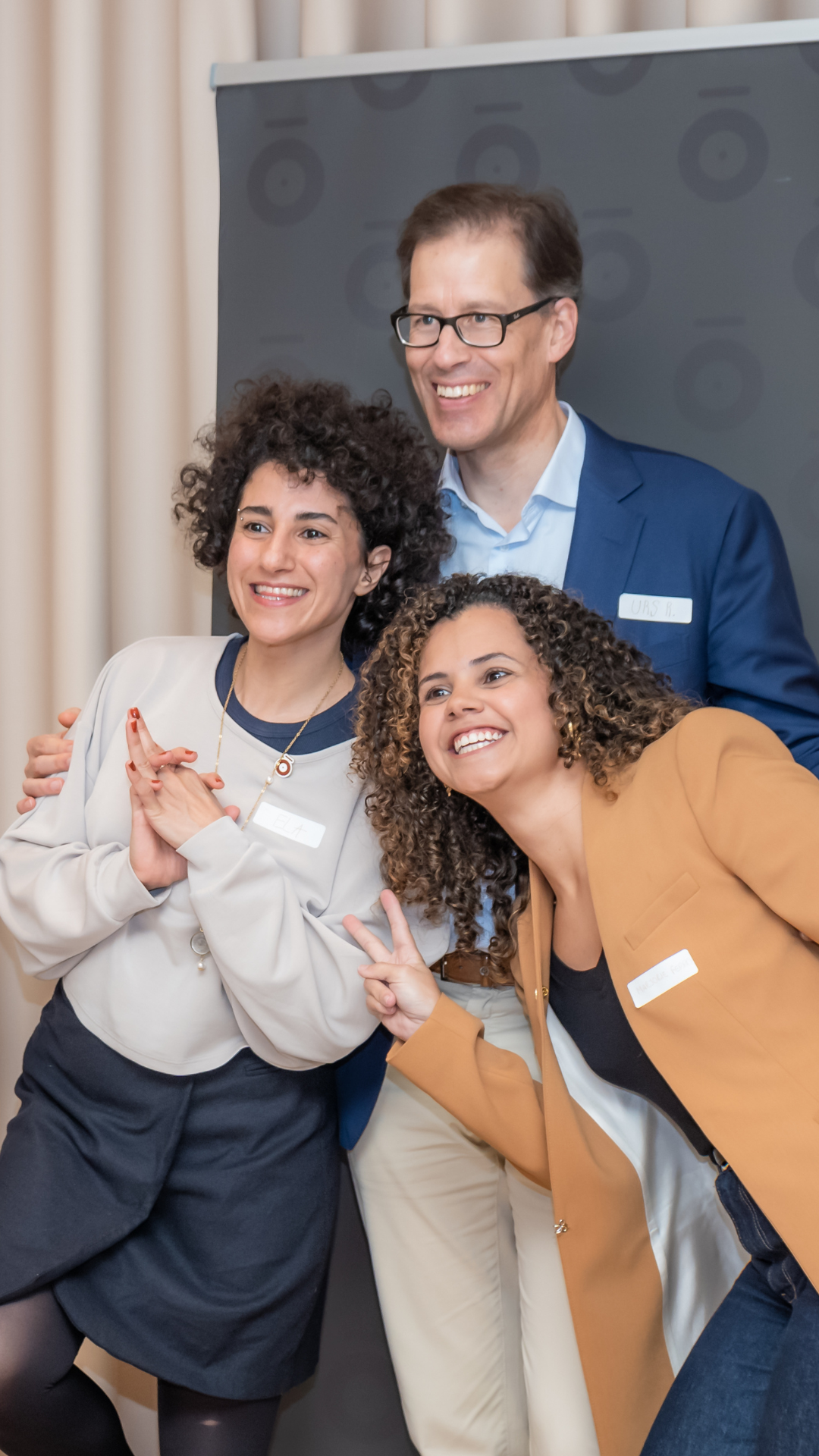Embracing Impact Investment: Insights from Industry Leaders
The realm of impact investing has witnessed significant evolution over the past decade, with an increasing number of investors seeking to merge financial returns with positive societal and environmental outcomes. COREangels invited industry experts Mark Haaksman, Maria Maso and Jeffery Potvin to present their valuable insights and experiences.
Defining Impact Investment
Impact investment not only drives financial returns but also creates meaningful societal change - Urs Rothmayr, COREangels Barcelona
Impact investment aims to generate measurable social and environmental benefits in addition to financial returns. Maria Maso, a seasoned impact investor, emphasizes the "triple bottom line" approach, ensuring investments yield social, environmental, and economic profitability. This holistic perspective helps align financial goals with broader societal objectives.
Journeys into Impact Investment
Maria Maso: From Personal Motivation to Professional Commitment
Maria Maso's journey into impact investing began with a personal desire to contribute to the health industry. Without a scientific background, she leveraged capital to support startups that aimed to create significant impacts in health. Her initial foray into impact investing involved joining an angel group in Houston, focusing on medical startups. Over time, her investments expanded to include ventures supporting immigrants and women entrepreneurs.
Maria highlights that while her investments target returns, they must also deliver substantial social and environmental benefits. This approach underscores a commitment to achieving the triple bottom line, integrating personal passions with professional expertise.
Jefferey Potvin: Balancing Profitability and Purpose
Jefferey Potvin’s journey into impact investment started with activism and evolved through professional experience. His involvement in movements like the Paris Climate Summit and personal investments in environmentally friendly companies like Flow Water shaped his investment philosophy. Jefferey manages multiple portfolios and emphasizes the need to balance financial returns with broader societal impacts.
Jefferey illustrates that while financial profitability is crucial, the broader impact on society and the environment cannot be overlooked. This dual focus requires careful selection of investments that promise both financial returns and sustainable impact. He stresses that impact investing should not be solely about making money but about ensuring that invested capital contributes to meaningful change.
Challenges and Strategies in Impact Investing
Managing Risk and Ensuring Due Diligence
Effective risk management is crucial in impact investing. Maria Maso highlights the importance of consistency in monitoring risks and ensuring rigorous due diligence processes. She points out that investors must be disciplined in evaluating risks and tracking them over time to minimize potential downsides.
Mark Haaksman shared an innovative approach to risk management using digital twins. Digital twins create virtual representations of physical systems, allowing simulations of various risk scenarios. This technology enables investors to predict the cascading effects of risks, such as environmental disasters, and make informed decisions. The use of such advanced technology in risk assessment is becoming increasingly vital in the impact investing field.
Supporting Ecosystems and Fostering Collaboration
Collaboration among stakeholders, including governments, corporations, startups, and investors, is essential for scaling impact solutions. Maria notes that European startups often receive substantial government support, which helps them mature before seeking private capital. However, this support can sometimes lead to "zombie startups" that survive on government funds without achieving true market viability.
In the Netherlands, a collaborative approach involving government, knowledge institutes, and the private sector has been instrumental in addressing complex challenges. Creating living labs, like those in Estonia, where innovative solutions can be tested in real-world environments, is a practical strategy. These collaborations ensure that impactful technologies are validated effectively, mitigating risks and improving the chances of successful implementation.
Encouraging Diverse Perspectives
Incorporating diverse perspectives, particularly from younger generations, can enhance the effectiveness of impact investments. Jefferey emphasizes the importance of integrating younger voices into the investment process. Younger investors often bring fresh insights and a willingness to embrace new technologies and approaches. Balancing the experience of seasoned investors with the innovative ideas of younger stakeholders can lead to more holistic and impactful investment strategies.
Jefferey argues that younger generations have different educational backgrounds and approaches to risk-taking and data management. By involving them in decision-making, investors can benefit from a broader range of insights and innovative solutions. This integration fosters a culture of continuous learning and adaptation, crucial for the evolving field of impact investing.
Practical Examples and Lessons
Estonian Living Labs: Testing Grounds for Innovation
In Estonia, the concept of living labs has proven to be a successful approach for testing innovative solutions. These environments allow companies to run their solutions in real-world settings for extended periods, enabling both successes and failures to be observed and learned from. This method not only provides practical insights but also fosters collaboration between government bodies, private companies, and research institutions. The learnings from these living labs can inform better policies and investment decisions, reducing risks and improving the effectiveness of impact investments.
Digital Twins: Advanced Risk Management
Mark Haaksman's use of digital twins in risk management exemplifies how technology can enhance impact investing. By creating virtual models of physical systems, digital twins allow for detailed simulations of various scenarios. This technology helps investors understand the potential cascading effects of risks, such as natural disasters or infrastructure failures, and develop strategies to mitigate these risks. This approach ensures that investments are not only financially sound but also resilient to potential disruptions.
Supporting Women and Minority Entrepreneurs
Maria's investment strategies highlight the importance of supporting underrepresented groups in the entrepreneurial ecosystem. By focusing on startups led by women and immigrants, she addresses significant funding gaps and promotes diversity in the business landscape. This approach not only fosters inclusivity but also taps into a broader pool of innovative ideas and solutions. Her involvement with organizations like Barcelona Women’s Network and Women’s Forest Team demonstrates a commitment to empowering these groups and ensuring their success in the competitive startup environment.
The Role of Government and Policy
Balancing Regulation and Innovation
Both Maria and Jefferey emphasize the crucial role of government in supporting impact investments. While government support can help startups mature, excessive regulation can stifle innovation. Jeffrey notes that the regulatory environment in Europe, while providing necessary oversight, can sometimes hinder competitiveness compared to more flexible markets like the US. A balanced approach that encourages innovation while ensuring accountability is essential for the growth of impact investing.
Public-Private Partnerships
Public-private partnerships are a key strategy for scaling impact solutions. By collaborating with government bodies, private investors can leverage public funds and resources to support impactful projects. These partnerships can also provide the necessary validation for new technologies, helping them gain market acceptance and attract further investment. The success of such collaborations depends on clear communication, aligned objectives, and a shared commitment to achieving long-term societal benefits.











